FAQs – Neural Reset Therapy
Below are some of the most common questions I’ve been asked about Neural Reset Therapy (NRT)
| What is it? Is it a form of Osteopathy or massage? Will it be like the chiropractor? | No it is not considered to be a branch of Osteopathy, Chiropractic, Physiotherapy or Massage. It is completely unique. Yes you lay on a massage table but that’s where the similarities end. There is no direct pressure on affected area during the treatment and no clicking or popping adjustment. |
| Where did NRT come from? | Developed by Lawrence Wood, Neural Reset Therapy® (NRT) is derived from the work of two scientists, Sherrington and Pflüger, who investigated the nervous system more than a century ago to uncover its basic operating principles. Muscles have receptors within them that sense and respond to different movements and stimuli. NRT works on the principle that some pain is held when these receptors and the brain are miscommunicating. By working with these mechanoreceptors causing them to reset the signal to the brain and thereby reducing the pain. Note that NRT is not an ‘energy’ method, but is based on sound physiological and neurological principles. |
| How does NRT work? What happens in a NRT session? | During the session I will evaluate areas for pain, tension and tightness using trigger points. We then work through the various muscles in those areas gently working with the mechanoreceptors in the muscles but offering specific but slight vibrations and pulses to reset them. Then check again to see how well each area has responded and repeating if necessary. |
| What can NRT help with? | I think it’s almost easier to say what it can’t help with and to be honest I find new areas and clients it helps regularly. However in general it can help: Back Pain Neck pain Shoulder Pain Arm Pain Hip Pain Knee Pain Migraines Pain from non-specific causes |
| That’s a lot. Can it really help with that many things? | All the muscles of the body have mechanoreceptors therefore NRT can work on most muscles to help alleviate pain symptoms |
| How do I know which to pick NRT or Rossiter Stretching? | This is where an honest discussion between us is needed. I usually get a really good sense of which method will work best for a client but I need to know what has lead you to this point and what you want to achieve. |
| What do I wear? | Wear whatever you feel comfortable in. Thin layers are easier to feel the trigger points through so please avoid thick bulky jumpers and jeans. |
| Will I need to strip off? | No all NRT sessions are done fully clothed. |
| How long does a NRT session last? | This very much depends on the client. |
| How quickly does it work? | Very quickly, most clients see a significant improvement in 1 session. |
| How long do the effects last? | NRT is so quick and effective that people often ask how long will this last. At a minimum, the long-term effects of NRT in lengthening and relaxing muscles to bring them out of pain is at least equal to any traditional work such as neuromuscular/medical massage/ deep tissue/myofascial release/activated isolated stretching type of therapies. NRT resets the muscles to a more optimal state, but there are negative factors that can contribute to the pain that are out of control of NRT or Rossiter Stretching and usually involve lifestyle choices. Therefore how long the positive effect will last is dependent upon lifestyle, client health etc. |
| What can I expect after a NRT session? | This really varies between clients. Some are very tired other have more energy, some sleep their best sleep others are restless, this is normal and your body/brain just doing what it needs to do to adjust the signals it’s sending and receiving. A number of clients also have a muscle ache, rather than a pain, similar to having done exercise for a few days. Again this is normal. |
| Do I need to do anything special after a NRT session? | The best advice is to drink lots of water and keep moving, to your normal activity level. |
| Are there any reasons not to have NRT? Any contra-indications? | At this stage no. If you can lie on a massage table and follow some basic directions for work with me you can have NRT. The great advantage of NRT is that it is gentle and non-invasive. There are no drugs, no direct pressure no strenuous exercise. |
